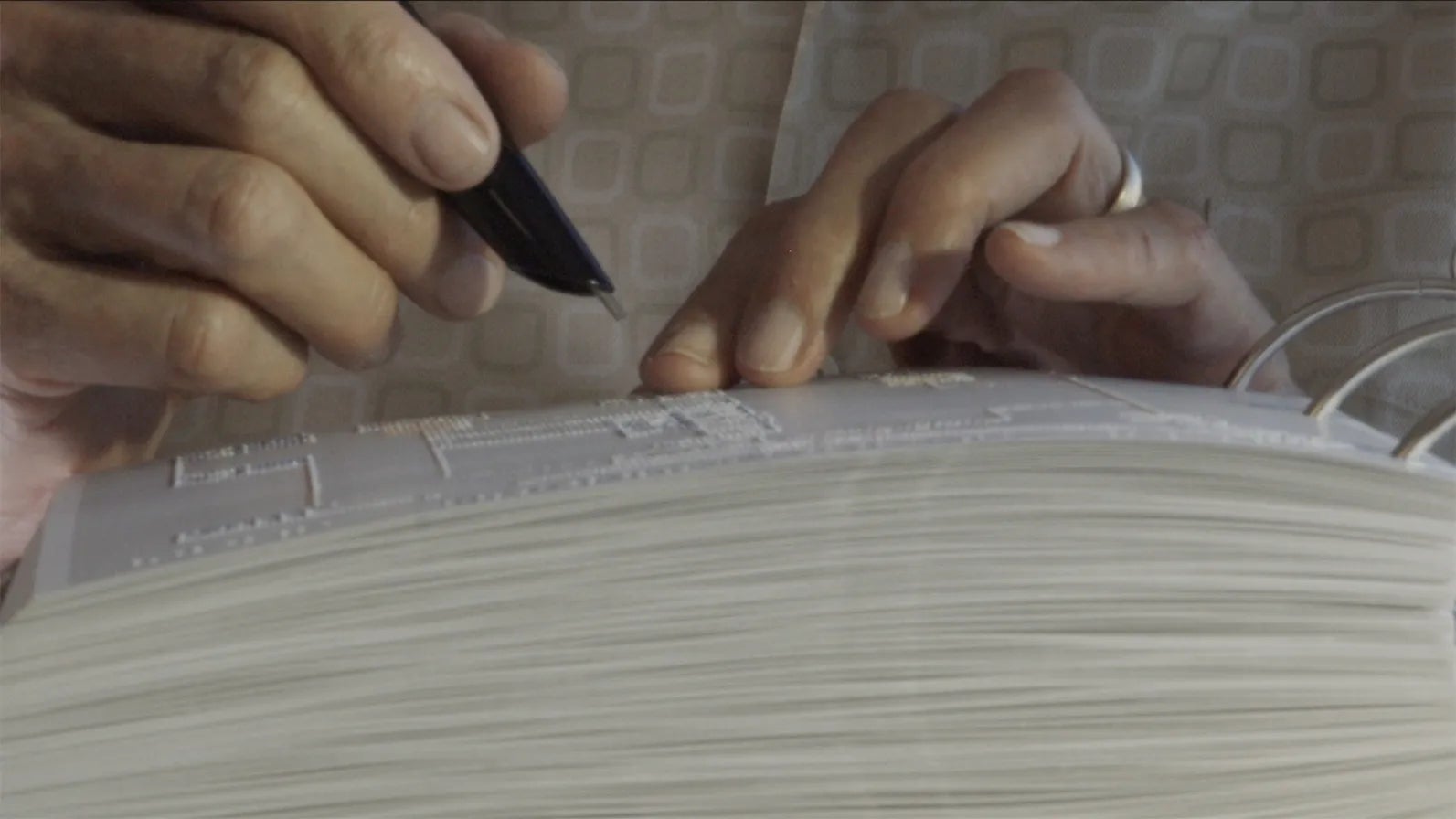
Imagine trying to navigate BART or other transit systems without being able to see a map of the routes, stops, station locations and more. To meet this basic and obvious need of blind and visually impaired transit riders, Dr. Joshua Miele, a scientist with the Smith-Kettlewell Eye Research Institute, and Greg Kehret, director of the LightHouse for the Blind and Visually Impaired’s Media and Access Design Lab, designed and produced Braille and tactile maps of BART and San Francisco’s Muni Metro stations.
To honor their achievement, the two are receiving the Doris W. Kahn Accessible Transportation Award, named for a former MTC commissioner who championed equal access to services.
The Braille and tactile maps consist of raised lines and four-color printing for high contrast. Raised lines identify walls and paths of travel, and special symbols indicate location of entrances, exits and other important points. Labels appear in Braille and large print, and each map has a key explaining its symbols. The maps are free of “clutter,” a problem for tactile maps, and are easy to read. Extra auditory information can be added, enabling the maps to talk with the aid of a Livescribe Smartpen. By not relying solely on Braille, the maps benefit blind travelers regardless of their Braille skills.
Dr. Miele, who lost his sight at age four, knew well the lack of map information for blind persons. With degrees in physics and psychoacoustics, he saw the potential for applying audio labels to tactile maps through the Smartpen device and developed the concept for the accessible transit maps. San Francisco’s LightHouse for the Blind and Visually Impaired then spent the next four years making the concept work: designing and testing the software, surveying BART and Muni Metro stations, producing the maps and finally, beginning in 2014, distributing them to instructors of visually impaired persons.
“This is really the first time [a visually impaired person] can sit in their living room and orient themselves to a BART station that they plan on visiting, plan a path of travel from the entrance to the turnstiles, to the platform, and then off the train and to the bus stop,” said Dr. Miele. “That’s really special.”

